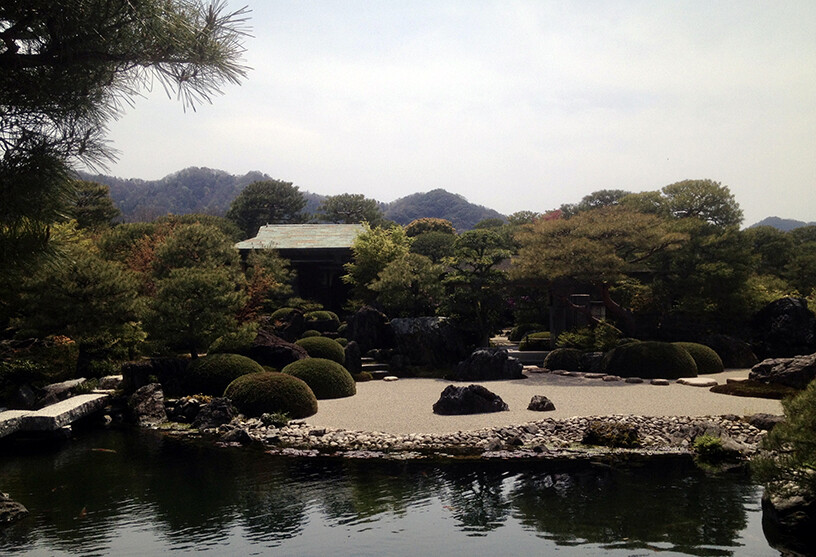-
Posts
2,909 -
Joined
-
Last visited
-
Days Won
3
Soshin last won the day on April 5 2024
Soshin had the most liked content!
The recent visitors block is disabled and is not being shown to other users.

Soshin replied to Grey Doffin's topic in Sword Shows, Events, Community News and Legislation Issues

Soshin replied to Toryu2020's topic in Sword Shows, Events, Community News and Legislation Issues

Soshin replied to Iaido dude's topic in Tosogu

